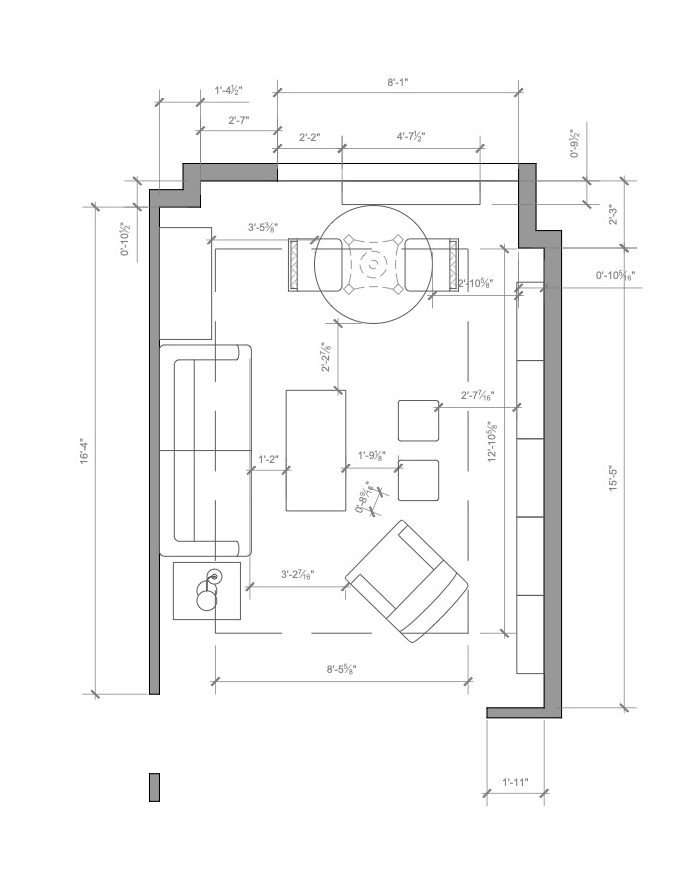Who invented the referee's whistle?
Who invented the referee's whistle? - The referee's whistle is an essential tool for referees in many sports, who use it to signal the start and end of play, to stop play in case of a violation or injury

The referee's whistle is an essential tool for referees in many sports, who use it to signal the start and end of play, to stop play in case of a violation or injury, and to give instructions to other players during the game.
The idea of creating a whistle for referees was born in 1878, when Paul Buxton, a British engineer and football enthusiast, noticed that referees had difficulty making themselves heard during games due to the noise of the crowds. Buxton decided to create a whistle that emitted a loud and distinctive sound, in order to attract the attention of other players and the referee during the game.
Buxton's whistle quickly became very popular and began to be used in many other sports besides football. Today, the referee's whistle is used in many different sports around the world, such as basketball, football, rugby, American football, ice hockey, and many others.
The referee's whistle has undergone numerous innovations over the years. One of the most significant was the introduction of the electronic whistle, which allows referees to emit sounds of different tones and intensities, depending on the needs of the game. Other innovations have concerned the shape and material of the whistle, which can now be made of plastic, metal, or other durable and lightweight materials.
Despite the numerous innovations, the referee's whistle has remained essentially the same tool that Paul Buxton created in 1878. It continues to be one of the most important tools for referees in many sports, and its sound is recognized around the world as the signal that indicates that the game must start or resume.

















